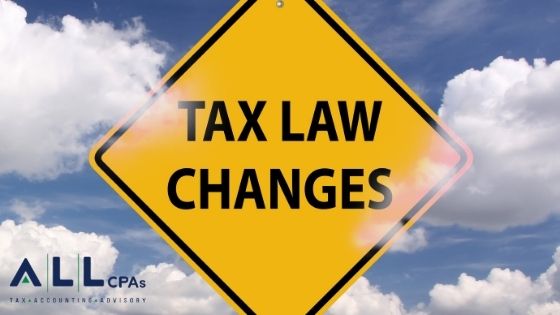
On the heels of congressional action that makes the Paycheck Protection Program (PPP) more flexible to use, the SBA and Treasury Department have unveiled a simplified full loan forgiveness application form along with an EZ version of the form.
Background
The PPP helps small business owners and other individuals adversely affected by the COVID-19 pandemic. In particular, the loans provided through the program are forgivable as long as borrowers retain their employees on payroll for a defined number of weeks.
Congress acted to expand the program after complaints by small business owners, who said they could not access the loans. Since then, eligibility and forgiveness criteria has undergone a number of changes, causing loan applications to slow down.
PPP Flexibility Act
The PPP Flexibility Act, which became law June 5, 2020, triples the number of weeks business owners have to use the loans, from eight weeks to 24 weeks, while retaining full loan forgiveness protection. The Act allows business owners the ability to spend more of the loans for overhead expenditures, while still requiring 60% to be used for payroll.
New SBA Loan Forgiveness Applications
The SBA’s new loan forgiveness application addresses the changes noted above. In addition to streamlining the full application, there is a new EZ version of the application that calls for less documentation and fewer calculations.
Full Application Form Revisions
- Borrowers who received loans before June 5, 2020 can choose between using the original eight-week covered period or the new 24-week covered period.
- S corporation owners can include retirement costs when calculating payroll cost, but they cannot include health insurance costs
- Borrowers do not have to wait until Dec. 31, 2020 to apply to use safe harbors for excluding salary and hourly wage reduction, and reduction in the number of employees from loan forgiveness reductions. The safe harbors can be applied as of the date of the loan forgiveness application.
EZ Form Provisions
Borrowers can use the EZ form if:
- They are self-employed or have no employees; or
- Did not reduce salaries or wages of their employees by more than 25%, and did not reduce the number or hours of their employees; or
- They experienced decreased business because of health directly related to COVID-19, and did not reduce the salaries or wages of their employees by more than 25%.
Each application provides borrowers the choice of using the original eight-week period, if their loan was made prior to June 5, 2020, or the new 24-week period under the PPP Forgiveness Act.
The revisions to the PPP loan forgiveness application had bipartisan support from members of Congress, who expressed concern that the complexity of the form was keeping eligible business owners from applying. There is still roughly $125 billion left in the PPP, and the program continues through June 30, 2020.
|
Recent Articles
Rising Construction Costs from COVID-19 Lead to New Bidding Approaches
Like other essential industries, t [...]
Nexus Requires Compliance and Begins by Filing Tax Returns
“Nexus” may sound like the name of [...]
The Impact You May See from the Build Back Better Act’s Tax Changes
The Build Back Better Act came und [...]




